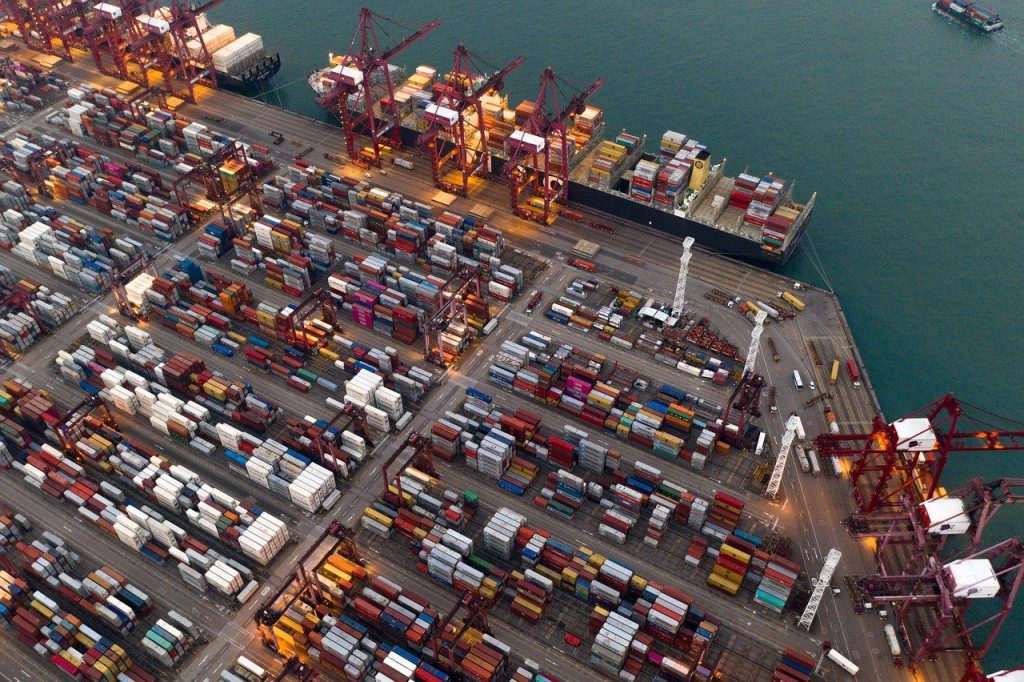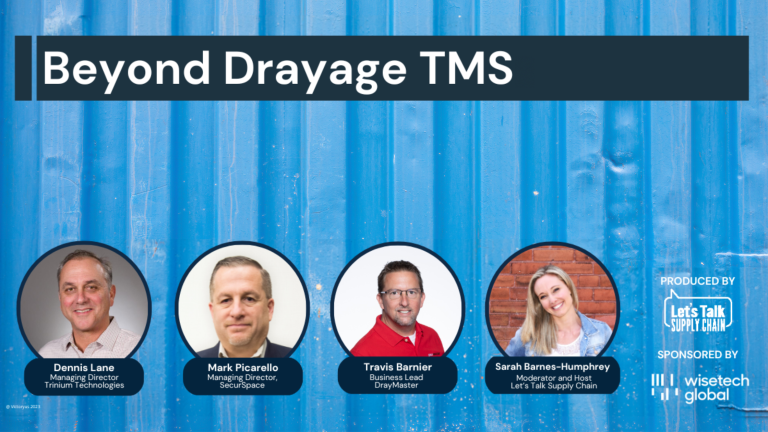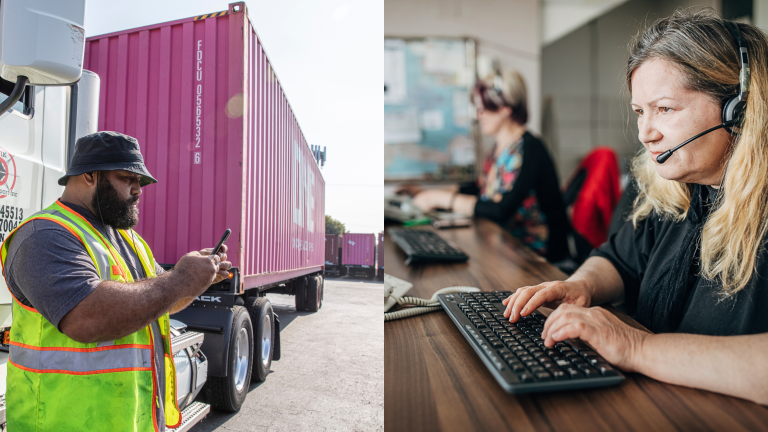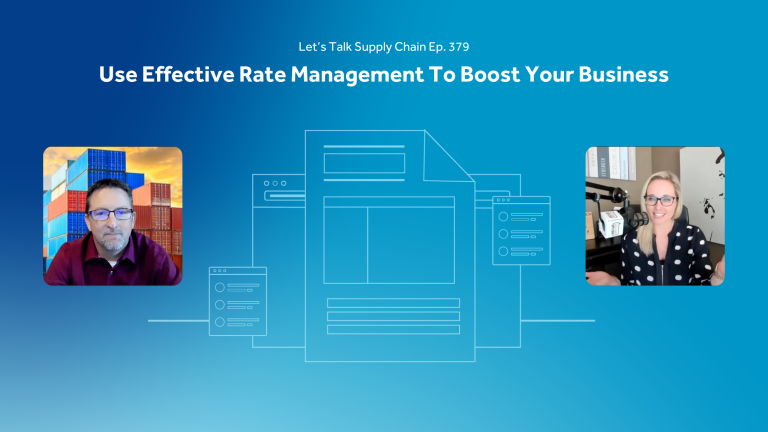Different regions of the United States have varying names for their logistics equipment types and how they store this equipment. This can make finding the right type of storage or parking hard for fleets, owner operators, shipping lines, and 3PLs.
Some examples of the similar assets with varying nicknames include:
- Box trucks, straight trucks, trucks
- Tractors, semis, rigs, bobtails, power units
- Trailers, 53’s, dry vans
- Containers, boxes, intermodal containers
- Vans, sprinters
Where do logistics companies park equipment when they aren’t on the sea, road, or rails?
If there isn’t enough space at the terminal, distribution center, or warehouse, companies need to find an overflow lot where they can safely park their assets. Long-haul drivers may need to pull over someplace between destinations, and often the side of the road seems to be their only option.
Temporary and long-term parking solutions
Trying to find the right parking space for each type of equipment used to be a challenge before there was a centralized solution. Endless Google searches and desperate Craigslist emails still left folks in the logistics industry with unvetted facilities and no easy way to put together simple parking terms for daily, monthly, or even multi-year terms.
SecurSpace was created to solve this problem. Facilities with extra space available list their properties on the marketplace (learn how to become a Partner Location). There is a three-step process from the SecurSpace quality control team before a facility can show up live on the map. Now, more than 800 locations are readily available nationwide to accept your bobtails and/or your semis—whatever you call them!
Who can use the marketplace?
Fleets can find multiple acres to store overflow trailers or containers. Owner operators can find a safe place to store their rig when they are home. Companies can bid on business more confidently knowing they have a safe place to park, even if their facility may be too small for the bid. Local delivery companies have access to real estate in the heart of cities where it is otherwise cost-prohibitive to find parking.
How does it work?
Customers can browse facilities on the map to see what is available in the city where they need parking. There’s an easy three step process to reserve space (search, book, park!). SecurSpace knows that our customers may have questions before they book space, so we have an entire team dedicated to Fleet Parking to help you find what you need and answer any questions. With nearly 3 million spaces booked to date, our parking pros and vetted partner locations are here to make finding parking and storage a snap.
Payments are made online and you can rent space for a single day or multiple years using the same website. If your team will need parking in the future, consider choosing SecurSpace to make the process painless and clear– regardless of your region.
Editor’s note: This blog was originally written for SecurSpace, Types Of Trucking Equipment (And How Everything Is Stored).




